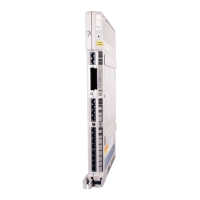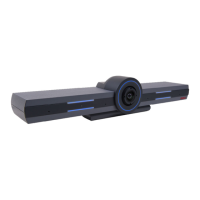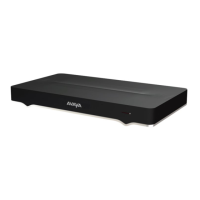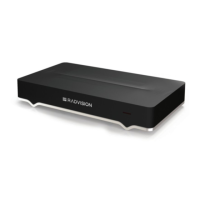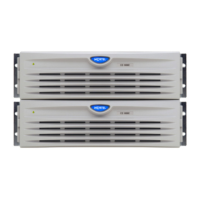PARTNER
®
Advanced Communications System Installation, Programming, and Use
Using System Programming
3-4
Using System Programming 3
System Programming changes settings for the system as a whole, or for individual lines, pools, or
extensions. You can also use System Programming to set up dialing restrictions, define groups, or
set up auxiliary equipment. Refer to the filled-out System Planner when you are changing system
settings, and be sure that any changes in programming are recorded there.
Programming Overlays 3
To do System Programming, you place a Programming Overlay over the dialpad of the system
display telephone at extension 10 or 11. (Overlays are provided with the system documentation.)
Figure 3-1 on page 3-5 shows the Programming Overlays for the PARTNER-34D and PARTNER-
18D telephones.
During System Programming, the normal functions of several buttons on the display telephone at
extension 10 or 11 change. For example, the left
i button becomes s and the
right
i button becomes c. The Programming Overlay identifies these buttons.
You use the following special buttons while programming:
■ N and P cycle forward and backward through the programming
procedures. You can use these buttons to select a procedure.
(If a procedure instructs you to press N + P, pressing these buttons one
after the other enables you to repeat the current programming procedure.)
■ n and p cycle forward and backward through a procedure’s parameters. A
parameter is typically an outside line, a pool, an extension, or a telephone list entry.
■ D and d cycle forward and backward through the valid entries. These buttons
work only for fixed data, such as a line or extension number. They do not work for variable
data such as date, time, password, telephone numbers, or doorphone assignments.
■ r returns the current setting to the factory setting. When you are programming Line
Assignment (#301), pressing
r removes lines from an extension; when you are
programming Pool Extension Assignment (#314), pressing
r removes pools from an
extension.
■ e ends an entry of variable length, such as a telephone number in an Allowed Phone
Number List.
■ s starts the System Programming process.
■ c starts the Centralized Telephone Programming process (to customize individual
telephones centrally from extension 10 or 11).
■ f, when followed by 00, enters or exits programming mode.
■ w enters a “wildcard” (a character that matches any digit dialed) in telephone numbers in
Allowed Phone Number Lists (#407), Disallowed Phone Number Lists (#404), and the
Forced Account Code List (#409). The wildcard character is represented as an exclamation
mark (!).

